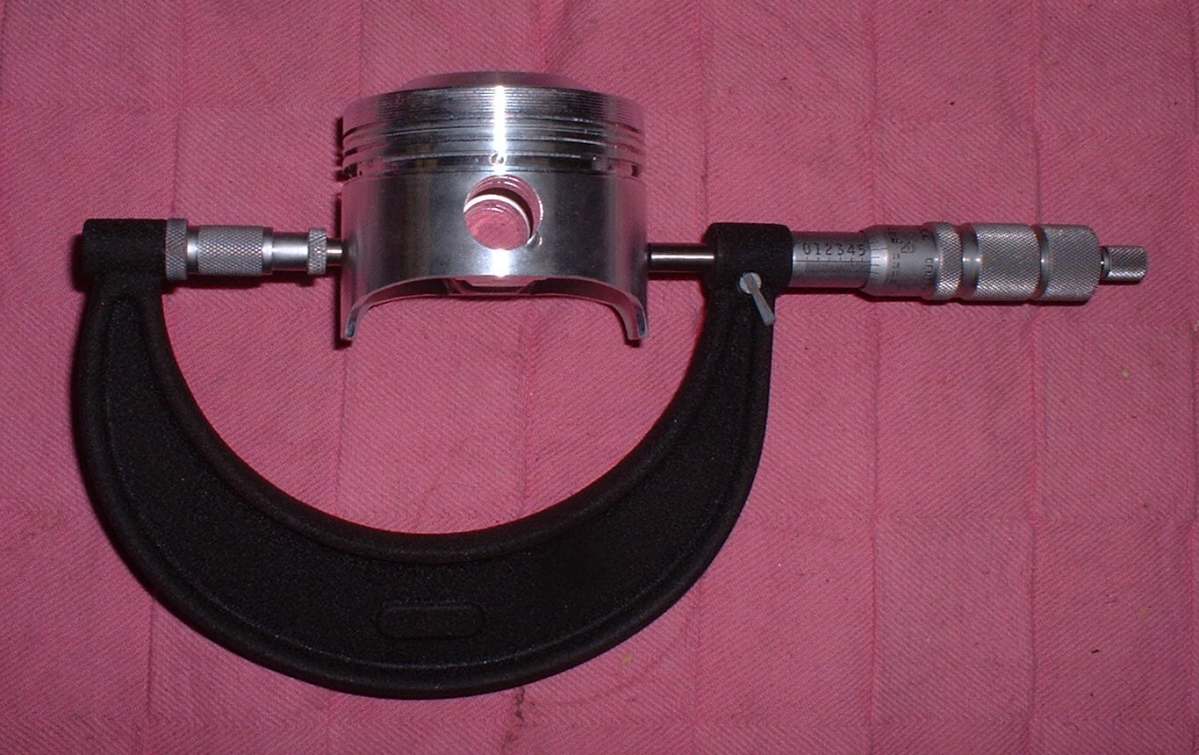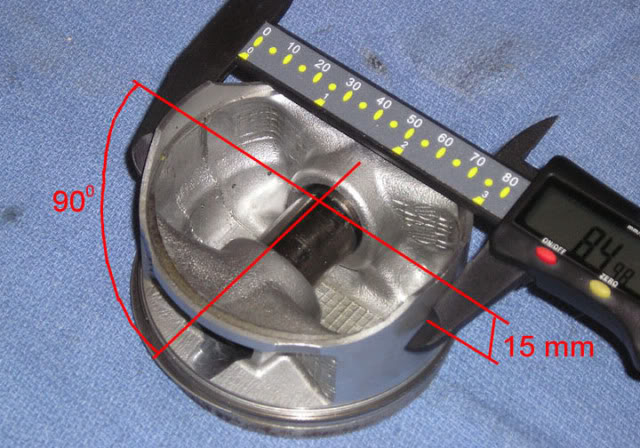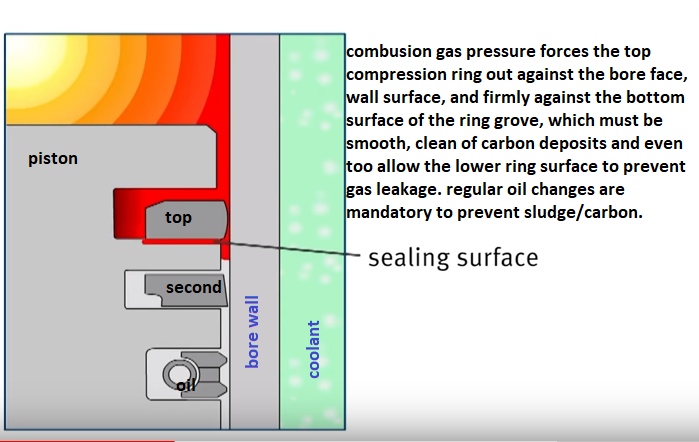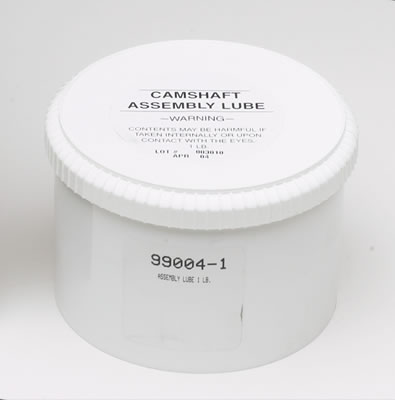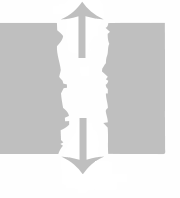NEVER GUESS, DEAL IN PROVEN FACT!
Id get out the plasti-gauge and check clearances, don,t guess , know exactly what your dealing with!
if the clearance falls in spec and the bearings look decent they can be re-used, but its foolish to do so if they look overly dirty, worn or don't have the correct clearances
lots of moly assembly lube and spraying any potential moving contact surface with moly spray (like bearings ,lifters rockers) and liberal use of moly assembly lube during the break-in process helps reduce wear issues
keep in mind ALL engines run on USED BEARINGS AND RINGS,LIFTERS,ROCKERS AND CAMS, simply because the first time you start the engine, all the components are no longer new ,out of the box parts,
yes both rings and bearings and contact surfaces like rockers, cam lobes and lifter bases benefit from a coat of moly spray and moly assembly lube
they are now USED PARTS.. but coating all the friction surfaces with a good slick layer of moly based lubricants to protect them until the flow of warm pressurized oil can form a protective barrier is simply smart insurance, especially because moly embeds into micro surfaces, and forms a very effective secondary protective layer of lubricant.
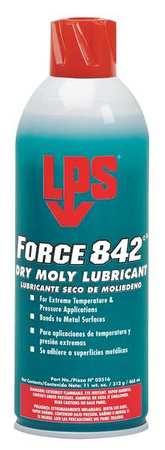
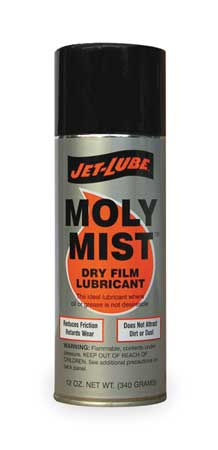
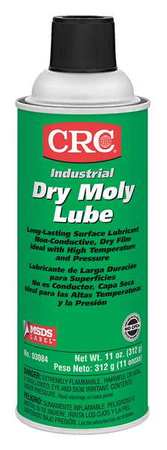
pre-spraying all bearing and valve train components with a moly based spray, helps embed micro moly lubricants in the metallic surface micro fissures , a good paste lube like cranes assembly lube over the spray surface helps insure a good lubricant surface coating, that is far stronger than just the ZINC and PHOSPHATES in oil
CAREFULLY..
reading links and SUB LINKS is almost mandatory on this web site!
if you want all available useful related info
http://garage.grumpysperformance.co...earances-and-journal-surface.9955/#post-38385
http://garage.grumpysperformance.com/index.php?threads/bearing-clearances.2726/#post-26440
http://garage.grumpysperformance.com/index.php?threads/oil-system-mods-that-help.2187/
http://garage.grumpysperformance.com/index.php?threads/can-you-reuse-bearings.5544/
http://garage.grumpysperformance.com/index.php?threads/precision-measuring-tools.1390/#post-68194
http://garage.grumpysperformance.co...tion-of-crank-durring-short-blk-assembly.852/
http://garage.grumpysperformance.com/index.php?threads/assembly-lube-summary.6352/#post-68508
http://garage.grumpysperformance.co...ear-articles-you-need-to-read.282/#post-57371
Molybdenum is a very hard metal with a number of industrial uses.
It is combined with chromium in steel to make the steel harder and more resistant to bending. Most of the bicycle frames produced today use chromium and molybdenum steel. Because the steel is so much harder, the manufacturers can use less, thereby making the frame lighter.
Molybdenum Disulfide (Moly) has been used for decades in lubricating pastes and greases because it is extremely slippery and forms a protective coating on metal parts.
Moly exists as microscopic hexagonal crystal platelets Several molecules make up one of these platelets. A single molecule of Moly contains two sulfur atoms and one molybdenum atom.
Moly platelets are attracted to metal surfaces.
This attraction and the force of moving engine parts rubbing across one another provide the necessary thermochemical reaction necessary for Moly to form an overlapping protective coating like armor on all of your engine parts. This protective armor coating has a number of properties that are very beneficial for your engine.
The Moly platelets that make up the protective layers on your engine surfaces slide across one another very easily. Instead of metal rubbing against metal, you have Moly platelets moving across one another protecting and lubricating the metal engine parts.
This coating effectively fills in the microscopic pores that cover the surface of all engine parts, making them smoother. This feature is important in providing an effective seal on the combustion chamber. By filling in the craters and pores Moly improves this seal allowing for more efficient combustion and engine performance.
This overlapping coating of Moly also gives protection against loading (perpendicular) forces. These forces occur on the bearings, and lifters. The high pressures that occur between these moving parts tend to squeeze normal lubricants out.
Eventually, there is metal to metal contact, which damages these moving parts and creates large amounts of heat. Fortunately, this is not the case with some lubricants.The layer of moly that forms on these moving surfaces can withstand pressures of 500,000 psi, without being squeezed out.
Engineers and scientists have tried for years to use Moly in motor oils but they had been unsuccessful because they could not find a way to keep Moly in suspension. Once Moly was put into suspension it would gradually settle out. It was easy to see it come out of suspension because a black sludge would collect on the bottom of the oil containers. In engines it would settle to the bottom of the crankcase or clog oil pathways and filters.
Engineers have overcome these obstacles. They have developed a process that keeps Moly in suspension and isn’t filtered out. Since that time theproduct has undergone extensive independent testing in labs and in the field for many years to insure that the product stands up to the rigorous needs of today’s engines. With the plating action of Moly reducing friction which reduces heat, this helps keep rings free from carbon buildup, prevents blow-by, decreases emission, and extends oil life.

